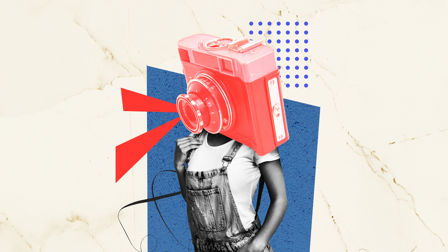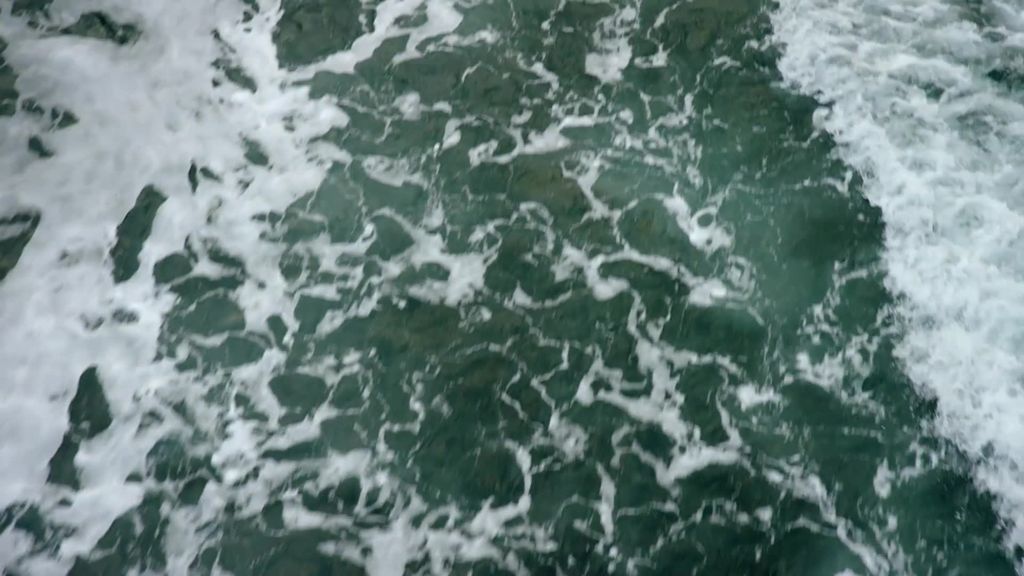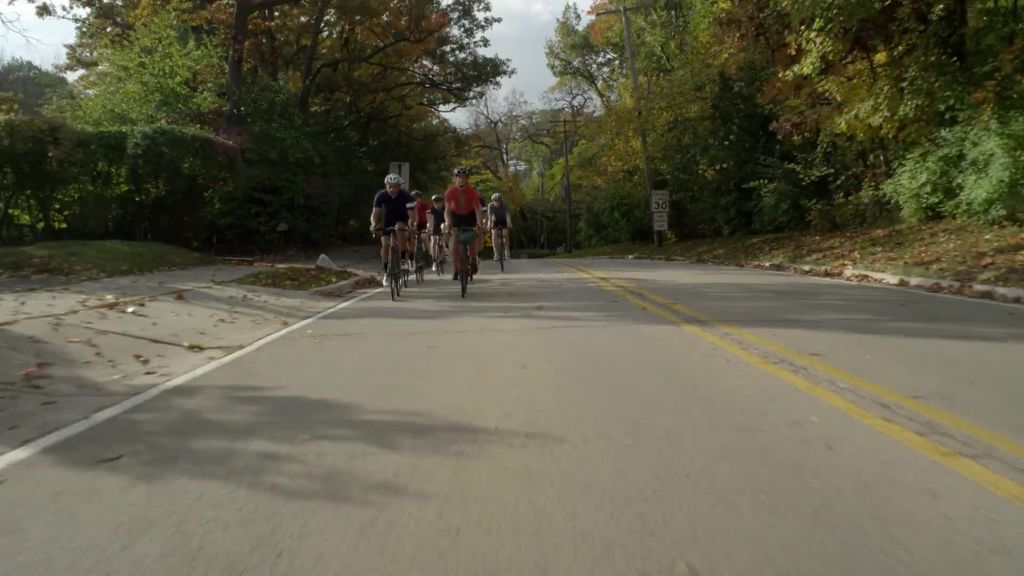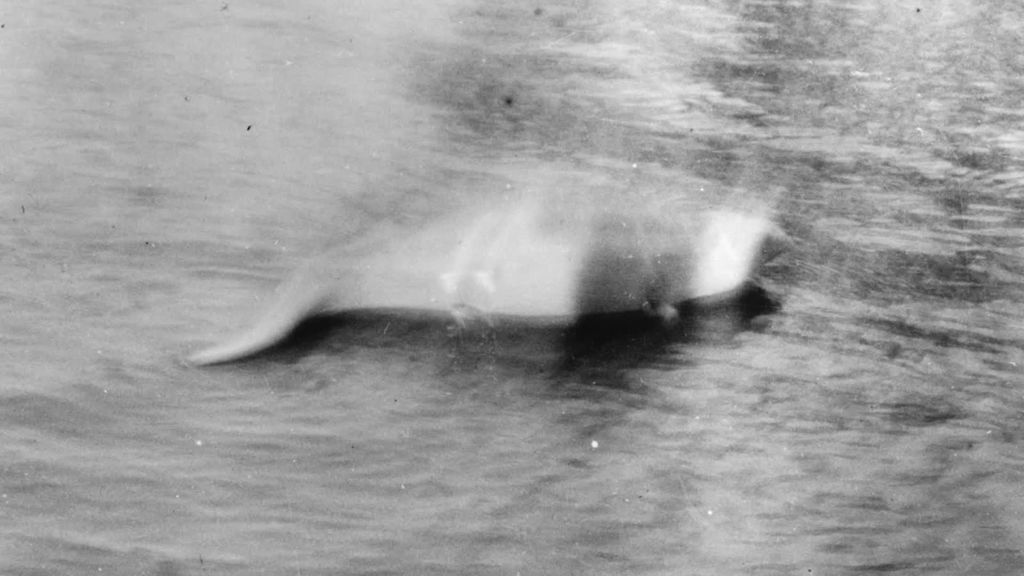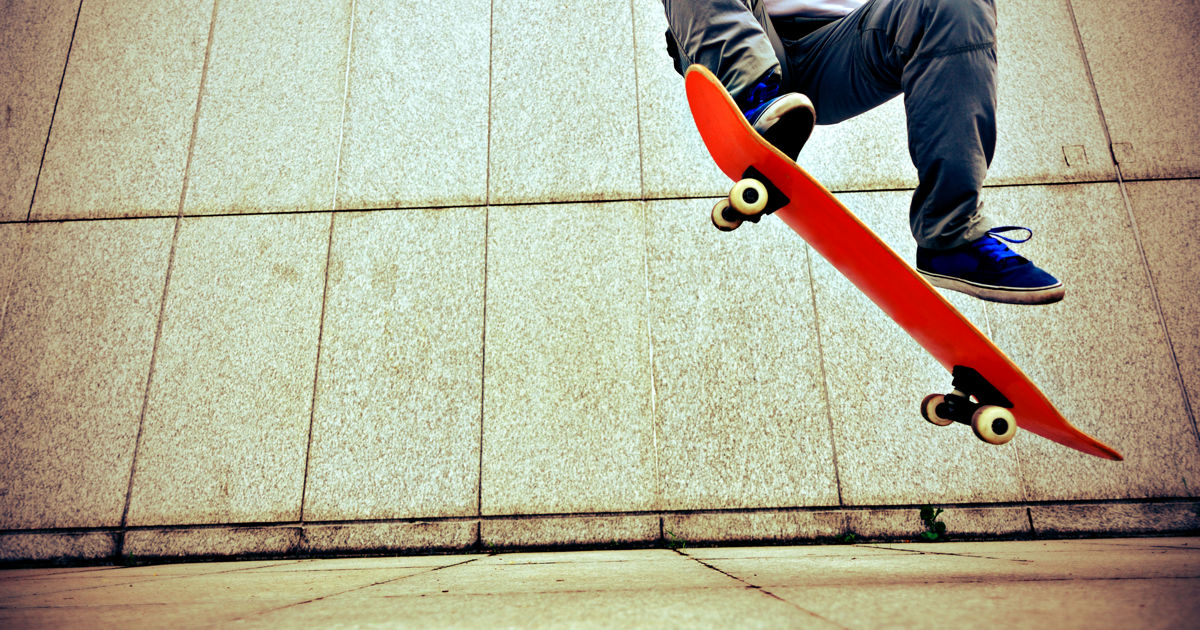Highlighting sport's inbetweeners
Dalia Burde of Avocados & Coconuts talks to Tim Cumming about stepping off sport's "well worn 'champion' path", the future of sports advertising, finding stories in the moments in between the action, and how those stories drive audience engagement.
Founder and EP at San Francisco-based independent production company Avocados & Coconuts, Dalia Burde, says that “most sports advertising is presented as pinnacle achievement, as hero stories.”
Whether an individual athlete or a team sport, the emphasis was usually on winning. It makes sense because it’s such a primary cultural archetype – the hero’s journey. But I think what’s changing is that the masses are all gaining experience in telling their own stories. Facebook post or Instagram story, we are all the heroes in our own narratives.”
What about the sports pursuits, like skateboarding, that don’t have a defined finish line? There are so many interesting questions that come up when you step off the well-worn ‘champion’ path.
For Burde, sports are participatory as much as they are spectacle; they’re there to be experienced. “Everything can be looked at through the lens of sport,” she says. “It’s the ‘life as sport’ mentality. The traditional, linear narrative will probably always be relevant, but what about the sports pursuits, like skateboarding, that don’t have a defined finish line? There are so many interesting questions that come up when you step off the well-worn ‘champion’ path and look at sport from different vantage points. And those questions open up endless story opportunities.”
Above: Avocados & Coconuts worked with Nike on a documentary about basketball star Kevin Durant.
At Avocados & Coconuts, the key to unlocking the more inclusive, experiential side of sports advertising is in locating what Burde calls ‘the story in between’. “What are the beautiful moments in between the action?” she asks. “For me, those in-between moments are, ‘Does this surfer have a lot more to say to us than simply their great backhand hack?’, or, ‘Does KD have a bigger story behind him than just his game?” Here she refers to Avocados & Coconuts' 2017 hook-up with basketball star Kevin Durant for the short film Still KD – Through the Noise. “You can see a lot of his game footage and that’s great, but does he have something to say that’s relevant?”
The 'in-between moments' are the human reveals, the natural wonders, the thrill of singular experiences and, for Burde, making them the core of your story is key to growing an audience. “It’s the difference between comparative and inclusive,” she says. “In one way you can be, ‘wow I can never do that, that’s incredible’! Or you can actually be brought in to that story, or see them as more three dimensional characters that have wants, needs and desires that you relate to. It might level you up a little bit and make you feel, I too can go and kick a soccer ball, or surf, or try all these other things, and buy the products, versus it just being, ‘I’m here, and they do that, and I just sit here and watch’.”
The 'in-between moments' are the human reveals, the natural wonders, the thrill of singular experiences and, for Burde, making them the core of your story is key to growing an audience.
South African by birth, Burde moved to the US when she was 17, with the aim of attending film school. Two weeks later she was in John Cassavetes’ house working on a music video. She interned, got a job as PA in feature films, enrolled in film school, and split her next few years between study and work, before moving into feature films, and the likes of Nick Cassavetes’ She’s So Lovely and The Royal Tenenbaums. Come the early noughties, she was dipping her toe in commercials work. “I landed on the first unique content made for the web,” she recalls, “one of the very first webisodes, a show called Cube Fabulous. Which changed the trajectory of how I was thinking where content was going.” Which was, more or less, everywhere.
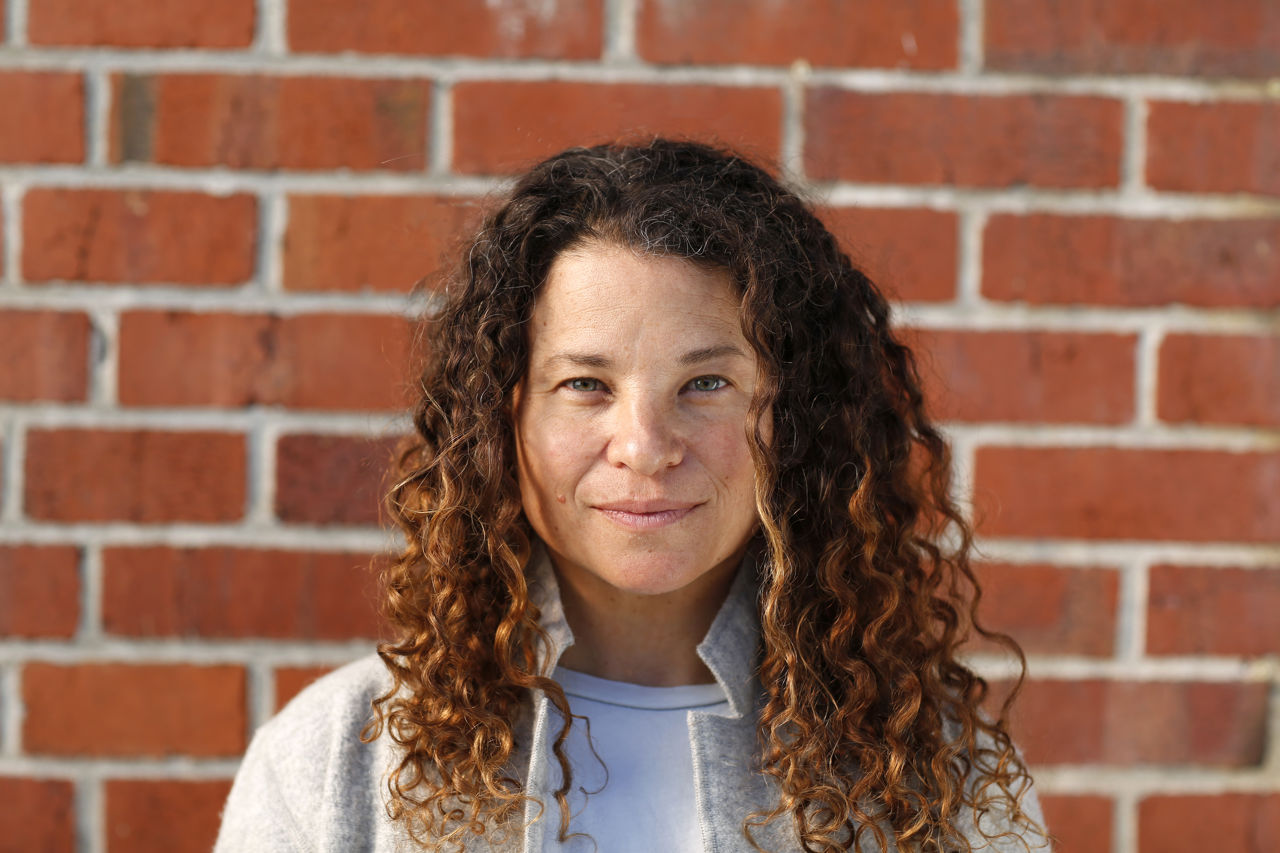
Above: Dalia Burde, Founder and EP at Avocados & Coconuts.
After leaving New York for San Francisco she worked with Ogilvy and then Goodby Silverstein & Partners, where she headed up its internal production department, trying to figure out “how to make more for less”. From there, she set up Avocados & Coconuts with a bunch of fellow surfing fanatics (she describes herself as a pioneer of the ‘small wave’ surfing movement) which meant the company has developed its own alt-sports ethos that still extends to its unconventional take on content for traditional sports brands.
We feel that the idea of reacting to what is relevant, to what needs to be said, or to how the stories need to change and evolve, is what makes us unique.
“On our very first project [the feature-length surf film Given], our goal was to use surfing as the backdrop to tell a story that was much more broadly about life, family and learning from the natural world around you,” she says. “Nowadays, the whole team aren’t all surfers, but we all come at it at from the sports that are a little more fringe.” That fringe covers quite a lot of territory.
Credits
powered by
-
- Production Company Avocados & Coconuts Productions, LLC
- Director Brandon Loper
-
-
Unlock full credits and more with a Source + shots membership.
Credits
powered by
- Production Company Avocados & Coconuts Productions, LLC
- Director Brandon Loper
- Executive Creative Director Amani King
- DP David Bourke
- Executive Producer Dalia Burde
- Editor Carter Gunn
- Creative Development/Post Production Avocados and Coconuts
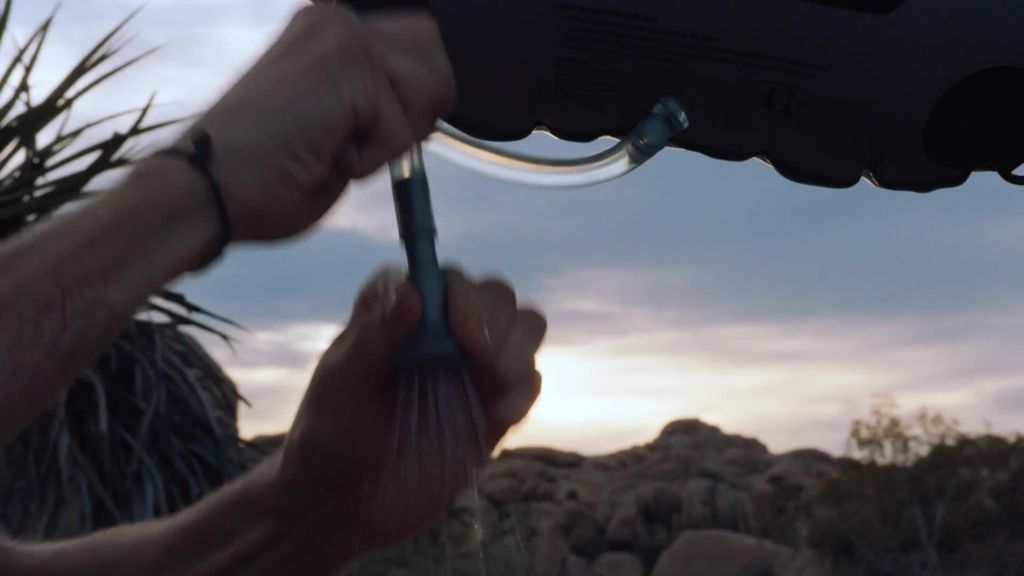
Credits
powered by
- Production Company Avocados & Coconuts Productions, LLC
- Director Brandon Loper
- Executive Creative Director Amani King
- DP David Bourke
- Executive Producer Dalia Burde
- Editor Carter Gunn
- Creative Development/Post Production Avocados and Coconuts
Above: Work for Hipcamp draws on the 'inbetween moments' and uses sound to bring people into the story.
She describes those 'in between' moments while surfing, or snowboarding, where the enjoyment comes from being in nature, in environments where you have no real control. “And that does define a lot of the work we do, because it’s reacting to things in nature. Media’s changing, sports media is changing, the world is changing, all the messaging is changing, and we feel that the idea of reacting to what is relevant, to what needs to be said, or to how the stories need to change and evolve, is what makes us unique.”
The story is key. If the story is good, and is told in an engaging way, you’ll get the people to watch it.
In their work for bike brand Rapha, for outdoors app Alltrails, and for camping brand Hipcamp, campaigns draw on those edgelands where sports meets outdoor activities. The 'in-between' moments are the moments that highlight and illuminate the stories being told, ones which mix the ethical, the sustainable and the individual. For Hipcamp, it was the soundtrack that mattered. “We had the idea to bring the experiential into the films, but to do that you need to feel it in your senses. So, we asked, what happens if we make it entirely sound-based, bringing people into the sound itself, which is hitting on something that is truly universal? It was a really fun one to make. The story is key. If the story is good, and is told in an engaging way, you’ll get the people to watch it.”
Rapha – Rapha Rides New York
Rapha – Rapha Rides San Francisco
Rapha – Rapha Rides Seattle
Rapha – Rapha Rides Chicago
Rapha – Rapha Rides Los Angeles
Rapha – Rapha Rides Boulder
Above: Avocados & Coconuts' six-part series for Rapha.
For Rapha's six-part series featuring different cyclists in their home cities, ranging from New York to Chicago to LA, “we took these stories for a cycling brand that showed almost zero cycling. But if you feed them something that is valuable, and tell them a story that is interesting, they’ll ingest it and love it. And that became the stamp of how Rapha wanted to produce all the films. They expected it to be more about cycling and about the city, but we’d rather choose those moments of the story that make that person interesting. It’s about the spaces in between.”
Working with Portland-based director Spencer MacDonald, there was plenty of prep required, in terms of scouting and in-depth, pre-shoot interviews, as he got to grips with those spaces. “He was able to bring out this montage of how you view a city in those moments in between. And that’s a good metaphor for how we, as surfers, snowboarders, as people in between, can look at sports in a different way.
You’ve got to earn the eyeballs.
“The moments in between reveal who [the sports stars] are as people, and they can expand out the world of sports for everyone. They get to do more, and say more, and be more than a one dimensional character for brands that are supporting them. But for the audience, also, you get value in the back end. You get a more enriched story, you get more immersed, you’re getting value out of it because for most of these things you’re not paying for the media, you’re not paying for the eyeballs, and you’ve got to earn the eyeballs.”
)




 + membership
+ membership



